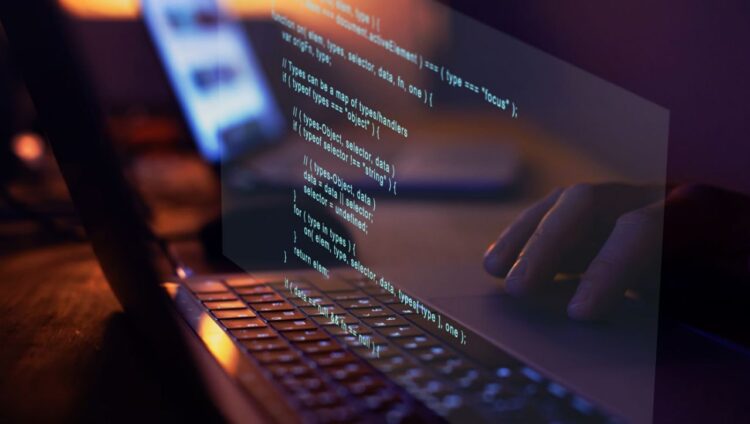As a result of the fact that Ethereum’s codebase contains over 290 Million lines of smart contract code and that it is extremely difficult to search that codebase, Garythung, and Ren, two members of the crypto community, announced the launching of the V1 app as a public good today to assist developers in quickly finding and learning from code that has been tested in combat.
1/ Ethereum has over 290 MILLION lines of smart contract code 🦇🔊 and it's VERY HARD to search that codebase!
Today @garythung and I are launching V1 of https://t.co/MHTOJxBta7 as a public good to help developers easily find and learn from battle-tested code. Example queries👇
— ren (wassie arc) (@0xren_cf) January 30, 2023
What does this new app entail?
As a way to stay ahead of the competition as an innovative contract developer, the new app incorporates the most recent EIPs. For space terms, individuals can look up snippets from muggen’s Diamond Storage (ERC-2535) specification to learn how smart contracts are getting around the maximum contract size.
Ren claims that the Verified account abstraction implementations (ERC-4337) included in the new app were derived from research by an MEV researcher named Cami. Cami recently published an in-depth guide on understanding account abstraction and is confident that she has brought clarity and simplicity to a topic that is notoriously difficult to grasp.
Just released my in-depth guide on understanding account abstraction!
This is seriously some of the best writing I've ever published, and I'm excited to bring clarity and simplicity to something notoriously hard to understand.
Enjoy this morning read☕️https://t.co/mHKVdPp4aZ
— cami 🧸 (@camiinthisthang) January 23, 2023
Ren directs a search for the Frax keyword to find references to Frax to satisfy the curiosity of those who are interested in the Fraxfinance universe and how they implemented their contracts (within code and comments)
Using Codeslaw, one can determine whether or not two protocols are compatible. This also enables one to search for the interface known as IUniswapV3Oracle, which is useful when trying to determine which protocols use the UniswapV3 oracle.
Ethereum has masses in store for 2023
In the coming months, Ethereum, which made headlines with a proposal to remove specific codes viewed as junk to the network, will release much more. The company claims that it will assist 25,000 developers working in the cryptocurrency ecosystem. The term “proto-dank sharding,” which is derived from the term “sharding,” is another issue that the developers of Ethereum are aiming to remedy.
Sharding is a technique for increasing the scalability of blockchain that involves dividing the network into many independent chains, sometimes known as “shards.” Developers have likened sharding to adding extra lanes to a highway. When new lanes are added, more vehicles can utilize the highway; consequently, drivers should be able to go more quickly along the road.
At some point in the future, Ethereum alleges that it will also organize multiple worldwide events to bring together developers, market shakers, policy leaders, and other community members. At these events, individuals can cooperate in developing new ideas.
The next iteration of Devcon, Ethereum’s biggest annual developer conference, is scheduled to take place in 2023. (though the location has yet to be determined). The conference, which took place in Colombia in 2022, is considered a highlight among fans of Ethereum. These enthusiasts often get together in various parts of the globe to discuss their ideas and inventions for the blockchain, which is the second-largest in size. The event could as well see a whole new development adieas and plans unveiled on the network.










